
Researchers at West Point Military Academy developed Organizational, Relationship and Contact Analyzer (ORCA) to help track insurgents in the Middle East. Now several U.S. police departments are using it on criminal gangs.
 John Allison/Oni Press
John Allison/Oni Press
It’s that special time of year when we at CA are lucky enough to receive season’s greetings from some of our favorite comic book publishers. The second card we received this year came from Oni Press, which called upon the talents of John Allison of Bad Machinery fame for a special Krampus-based card. See what St. Nicholas’ monstrous sidekick is up to with Oni this holiday season, after the jump.


Scientists studying a glacier in Northern Canada this summer stumbled across a message in a bottle that had been left near the glacier back in 1959. Written by a young geologist named Paul Walker, the message asked the reader to measure the distance between the bottle’s location and the nearby glacier, and send that information to Walker and his colleague Albert P. Crary. Unfortunately neither Crary nor Walker lived long enough to hear back—Walker became ill and died shortly after writing the note, and Crary died in 1987 after a long career as a polar geophysicist and glaciologist. However, the scientists who found the message measured the distance: It was found 333 feet from the glacier. In 1959, it was just 4 feet away—the difference is due to the shrinkage of the glacier over the years.
photo via The Chronicle Herald
The highly-anticipated Oppo N1 is finally on sale for $599 at limited retailers and the Oppo store.
The device is one of the more creative-looking Android phones, with a swiveling camera and a separate button accessory. But it's significant because of its software: customers can choose either Android or CyanogenMod, the heavily-modified version of Android favored by people who like to hack on their phones. The limited edition CyanogenMod version comes in baby blue with the company's logo.
The N1 is the only device to come preinstalled with CyanogenMod, but it's all been cleared by Google: Mountain View has certified the device, allowing the N1 to include Google Play and Google apps. Cyanogen has also released the source code so that N1 users can further customize their phones.
The phone comes in baby blue with the Cyanogen logo
Cyanogen is hoping its version of Android will become the third-most popular mobile operating system in the world after iOS and Android. The company recently raised $23 million from investors, and the shipment of its first phone shows it's on its way.






Christmas Eve - harder to tell what’s going on when there are 3-4 more people in the house, and my cartoon shorthand for all my sisters is basically the same. There’s a rough guide though.
My cartooning is just so sharp! Och yeah, a perfect likeness of everyone all the time and so distinct.

Multi-level marketers, like Herbalife, could become classified as pyramid schemes.
There's no final decision, but the U.S. Federal Trade Commission has taken a step toward possibly classifying many multi-level marketing firms as pyramid schemes. As it stands now, three MLS teams have multi-level marketers as shirt sponsors and this could be bad news for them.
One of the biggest MLMs in the country is Herbalife, the LA Galaxy's primary sponsor, and they are one of the main companies being targeted in this court filing. The other two MLS shirt sponsors that are potentially affected in this case are Real Salt Lake's LifeVantage and FC Dallas' Advocare. Amway, probably the best known MLM, was the San Jose Earthquakes' shirt sponsor from 2009-2011.
I can't pretend to be an expert on any part of this story (and I'll highly recommend reading The Verge's article that has more of the big-picture details), but this can't possibly be the kind of the thing that is a positive.
Then again, money is money and as long as these companies aren't declared illegal, I suspect MLS will gladly keep cashing their checks.
Politico |
Eliot Spitzers Xmas with another woman Politico One day after Eliot Spitzer announced that his marriage to Silda Wall Spitzer was officially over, the former New york governor was spotted entering the home of the family of his new girlfriend, current Bill de Blasio spokeswoman Lis Smith, according to the ... Where are the scandal kings now?Fox News Eliot Spitzer, Lis Smith spotted celebrating Christmas togetherNew York Daily News Eliot Spitzer and Wife Separate After 26 YearsSeattle Post Intelligencer Washington Post -New York Post -TIME all 281 news articles » |
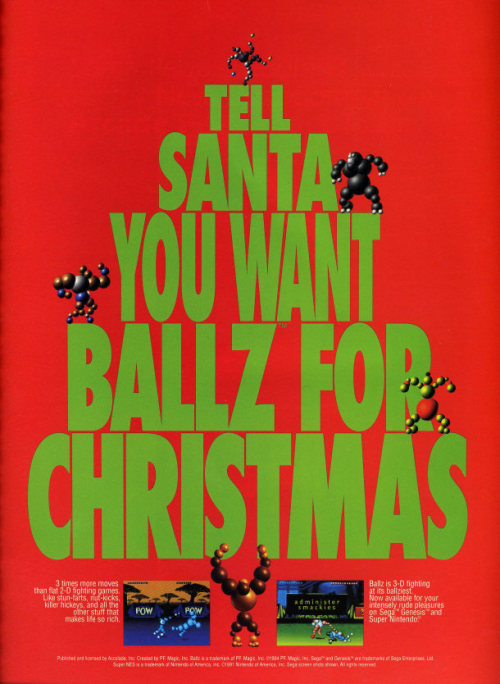
Ballz aka Ballz 3D (PF Magic/Accolade - SNES/Genesis - 1994)
firehosevia THANKGODYOUREHERE
firehosevia Russian Sledges
firehosevia Osiasjota
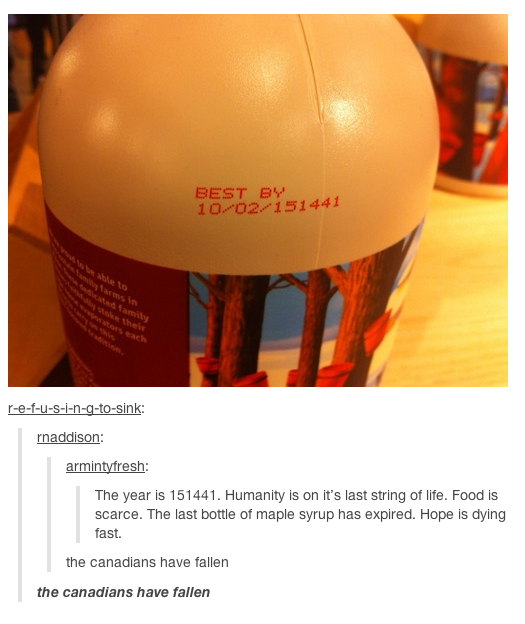
firehosevia Rosalind


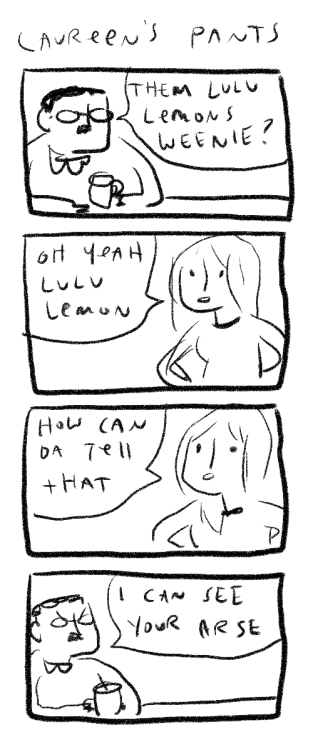


family all here at last
firehosevia Rosalind
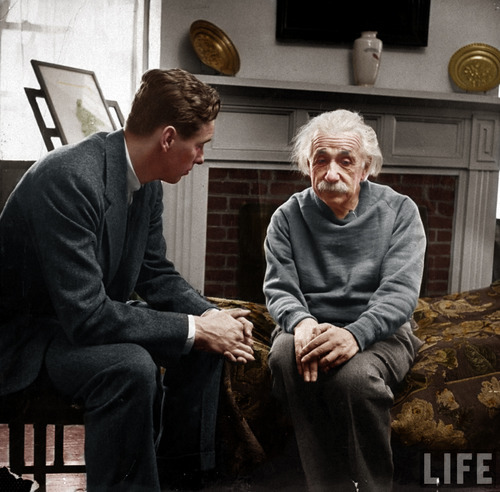
Einstein & his therapist
This photo pulls at my heartstrings in ways that I can’t begin to explain.
firehosevia Rosalind
firehosevia Snorkmaiden
firehosevia GN
My dialect — the sound, vocabulary, and grammatical structure of the way I speak English — is most similar to the dialect spoken by people in Topeka, Kansas. That’s according to a popular survey and data visualization making the rounds on social media, and the result makes sense. I was born in Topeka and spent the first 12 years of my life there.
It’s pretty cool that a dataset can figure out that connection based solely on my answers to a series of 25 questions. Do I pronounce “caught” and “cot” the same? (Yes.) Do I think it’s acceptable to say something like, “I write exclusively about science anymore”? (Yes. Haters can hate.) Do I call carbonated beverages “soda”, “pop”, or “coke”? (I think I say “soda” sometimes and “pop” other times and I’m not sure why.)
But those questions — and our collective answers — are good for a lot more than simply performing “guess your hometown” parlor tricks. You can learn a lot about where we’re going and how we’re changing as a society. Because, here’s the thing, contrary to what you might think, the United States isn’t losing its dialects. We’re not all speaking more similarly to one another. In fact, sociolinguists say the opposite is true. Even in a world where people in Topeka, Kansas and Brooklyn, New York listen to the same music, watch the same movies, and share words instantly, the way those people talk isn’t merging into a single, consumer-culture voice.
If that fact seems surprising, it’s probably because the myth — that distinct regional and local dialects faded over the course of the 20th century and are on their way to oblivion — used to be what experts believed, too. When Bert Vaux, a linguist at Cambridge University, was working on his Ph.D., he was taught that American dialects had largely disappeared. Mass media and mass culture were creating a mass speaking voice.
Then, about 10 years ago, while working as a professor at Harvard, Vaux put together a survey. Using 122 different speech variations — some having to do with vocabulary, some with syntax, and some with pronunciation — he asked volunteers a series of 140 different questions and linked their answers to their hometowns. Finished in 2003, the Harvard Dialect Survey forms the basis of the more-recent online quizzes you’ve probably taken through Facebook and Twitter. It showed that regional variations in dialect first mapped in the early part of the 20th century still existed.
That’s a big deal because those regional dialect families actually date back to the first migrations of English-speaking immigrants into North America. The Northern dialects — which actually stretch from Boston to Eastern Minnesota — have their origins in southeastern England and Puritan settlements. Southern dialects began with immigrants for southwestern Great Britain, including Wales. The third dialect family, the Midlands, comes from a wave of immigrants originating in northern England, Ireland, and Scotland. It spread west horizontally from the Philadelphia area. My tendency to use “anymore” as a positive part of speech — I do “x” anymore — as opposed to purely using it in the negative — I don’t do “x” anymore — is part of the Midlands dialect.
Everyone knew these families once existed. Dialect surveys in the 1930s and 40s had identified them and matched them to historical immigration patterns. But nobody expected them to still exist. Turns out, Vaux told me, that’s because researchers had been associating the dialect families too heavily with colloquialisms that had dropped out of common speech — things like the phrases farmers used to call in their cows at night. That stuff really had vanished. But the dialect families remained, they were simply now united around different things — like what we call tennis shoes (or “sneakers” for some of you), or how we pronounce certain vowel sounds.
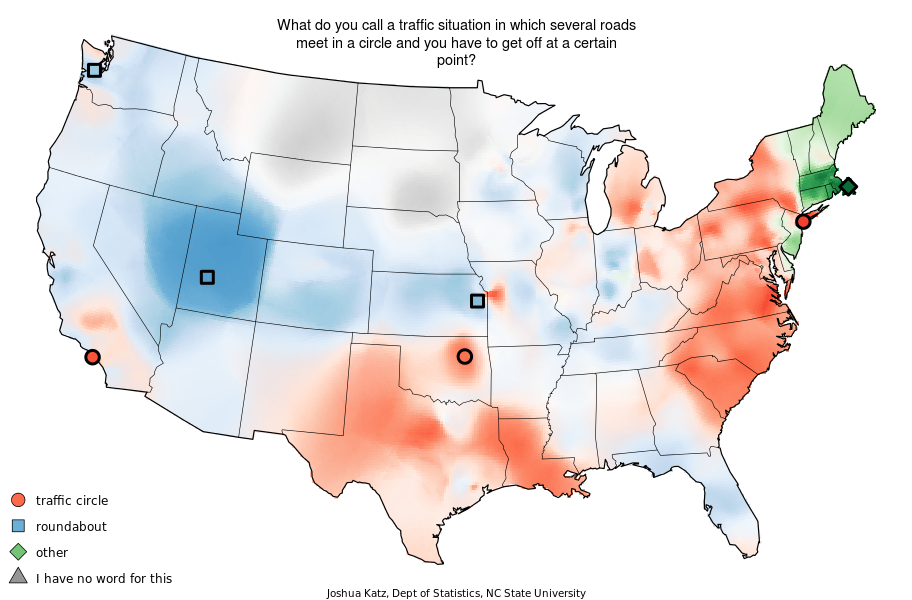
Vaux’s discovery corresponds to work done by other sociolinguists, who say that even beyond the maintenance of these classical dialect families, Americans really aren’t speaking more similarly to one another. In fact, there are actually new dialects in the process of emerging.
For instance, the West — which you can think of as pretty much everything west of the Mississippi — has long been a mishmash of dialects. It was settled much later than the rest of the United States. Its residents came from a much more diverse set of places. It never really had the kind of coherent city dialects you can hear on the East Coast, or even larger regional dialects, on the scale of states. Instead, if you look at maps like the ones produced by the Atlas of North American English, the West looks big and open and wild — characterized by language features that span half a continent. The tendency to pronounce “caught” and “cot” as though they are exactly the same (and, more importantly, to not really grok that they could be pronounced differently) is a major part of the Western voice.
But that could be changing. Over the last 20 years, some researchers have started building cases for regionalization within the vast expanse of the West. Scientists have identified the emergence of several dialects that fall under a larger Pacific Northwest English dialect family, said Walt Wolfram, a sociolinguist at North Carolina State University. Portlandian, it seems, may actually be on it’s way to becoming a thing.
Researchers say this because the way younger residents of Portland speak is becoming more distinct, and it’s different from how older residents speak. The dialect includes aspects of the larger Western dialect — including the caught/cot merger. But that used to be something only some Portlanders did, writes Portland State University linguist Jeffrey Conn. Starting with the Baby Boomers, it’s become much more the norm. Younger Portlanders are also picking up a tendency to end their declarative sentences on an upswing of the voice, making statements sound kind of like questions.
Dialects abide and new dialects form because the way we speak is a major part of how we tell the world about our identities, says William Labov, a linguist at the University of Pennsylvania and the man behind the Atlas of North American English. American English has always been unstable because our regional identities are younger and more open to change, he told me. If your parents move to a new community when you’re a child — or if you move to a new community yourself as a young adult — your dialect doesn’t stay tied to that of your parents. It changes to match your community.
Of course, that means not all dialects will last. In the game of how we speak, you win or you die. When we think that Americans are starting to all speak the same, what we’re often actually seeing is the loss of a few "famous" dialects, without taking into account the strengthening or emergence of others. Southern dialects, for instance, are leveling out, Wolfram and Labov told me. The younger they are, the less “Southern” a Southerner is likely to sound. But, at the same time, Northern dialects, especially those associated with cities surrounding the Great Lakes, are becoming more distinctive.
All of this ends up influencing what you see when you take a quiz that shows you how your dialect matches up to dialects around the country. Yes, my #1 match was the city in which I was born … but that was just a 60% match. And I was almost as strongly matched with several cities in northern California and Nevada. Places I’ve never lived and, in some cases, never been.
Why don’t I match any better to my hometown? Because dialects change with social identity. I’ve lived in a lot of other places since I was 12 and my dialect has changed along with those moves and shifts in the communities I identify with.
Why would I match so well with places I’ve never lived? Because there’s a lot of similarities in the dialects of the West overall. It’s not too surprising that my Western dialect (via Kansas) would have a decent amount in common with other Western dialects. Those similarities reflect a shared history of recent migration and a shared identity that’s only now starting to separate out into regionalisms.
More importantly, given another decade, my results could end up becoming entirely different. I could end up sounding less like my hometown dialect and more like the place I now live — Minneapolis. My hometown dialect could end up sounding more distinct than it did when I last lived there. Language is change. A single map only gives you a snapshot. ![]()
firehosevia Russian Sledges
Capaldi was an infamous lifelong Doctor Who fanclub gadfly. The fan club officers have some unkind things to say about him: http://www.dailymail.co.uk/news/article-2386587/Young-Peter-Capaldi-obsessed-Doctor-Who-badgered-staff-constantly.html
"The producer’s secretary, Sarah Newman, informed him the position had already been filled by a rival fan, Keith Miller, 13.
Mr Miller later recalled: ‘He haunted my time running the fan club, as he was quite indignant he wasn’t considered for the post.’
Miss Newman later complained about Capaldi in a letter to the young Mr Miller.
She said: ‘I think Capaldi’s the end and I wish the Daleks or someone would exterminate him.'
...
Miller added in an interview with Starburst magazine: ‘I was given the fan club to take the strain of dealing with the advent of the super-fans like Peter Capaldi who wanted a running dialogue with the production team, away from Sarah.’"
firehosevia Toaster Strudel

firehosevia multitasksuicide: "congratulations, billtron"
Some say “Love makes the world go ’round,” but if you really want to know the answer, you should look to Science. From the furthest reaches of space to the tiniest atom sitting right in our lap, when we look to science for the answers, we’re on the right path.
And whether you were reading the hottest peer-reviewed journal or talking to a friend or relative who works with science, you must admit: 2013 was a banner year for science. Because of the exploding human population, we have an abundance of scientists — more than we’ve ever had before. According to some estimates, there are now five scientists for every regular person on Earth. And we couldn’t be luckier, because there’s a lot of weird diseases out there and they need to be cured ASAP! Not to mention global climate change, pollution, and cars that can drive themselves Good Lord when did we lose our way on that one? Let’s ask … the scientists.
Here is my list of THE BEST OF SCIENCE FOR 2013:
10. Chemistry
9. Laboratory Science
8. Computer Science
7. “Heeenry! Did you remember to do your experiments?!” “Yes, dear.”
6. (TIE) Physics / Solve the quadratic equation about molecules
5. Explaining science in school (science education)
4. “We ran the test three times in a double-blind study. The results are clear: THIS IS REAL SCIENCE.”
3. Ethnomusicology
2. Some of the best science
1. Winning a Nobel Prize for our science and then walking home from the ceremony and finding a $20 bill on the sidewalk (i.e. even more free money)